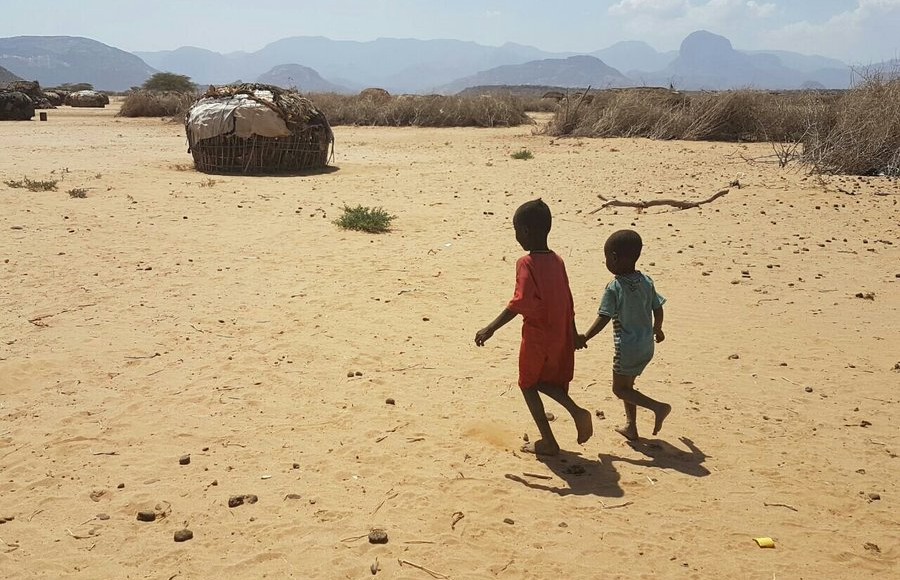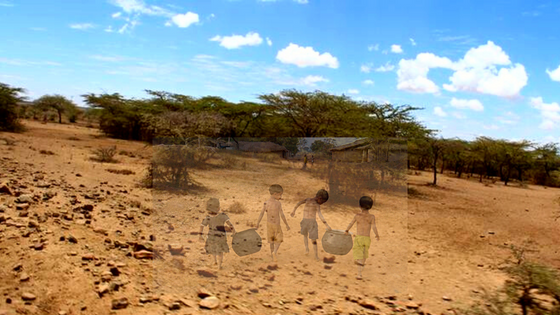
 While the world continues to live with the coronavirus disease, the region of West, East and Central Africa is still challenged by many conflicts, and soon the problem of hunger that fundamentally threatens the future of millions of girls and children.
While the world continues to live with the coronavirus disease, the region of West, East and Central Africa is still challenged by many conflicts, and soon the problem of hunger that fundamentally threatens the future of millions of girls and children.
After many years of pushing for the full right to access quality and inclusive education in conflict-affected communities across West , East and Central Africa, girls and children are now facing a hunger crisis that is largely caused by climate change.
The effects of climate change have increased in many counties in Kenya, affecting mostly arid and semi-arid counties.
Children are the most affected and bear the brunt of climate change as many of them have been forced to drop out of school, forced into child labour and early marriage, and most of all pushed into hunger.
When food is scarce, not only do girls often eat less and eat last, but they often bear the burden when families resort to negative coping strategies.
Girls are most likely to be removed from school, with some never returning and are most at risk of child labor, early and forced marriage and sexual exploitation.
In a recent report, UNICEF estimates that 3.6 million children in Kenya, Somalia, and Ethiopia are in danger of leaving school with four consecutive seasons of drought mounting pressure on households.
In an indication of how grave the situation is becoming in many areas, the figure has more than tripled, going from 1.1 million in the past six months, pushing millions of families to the brink of poverty and starvation.
Poverty and starvation in Kenya has pushed millions of children into child labour, robbing away their education and childhood, making them the sole provider of their homes.
Arid and Semi-Arid counties in Kenya were reported to harbor the highest number of children engaged in child labour at more than 30 percent with Samburu, Wajir, Mandera and Turkana counties on the lead.
Children in ASAL counties are engaged in various forms of child labour such as sand harvesting, herding, domestic work and harmful cultural practices such as Female Genital Mutilation and early marriages.
Most of the time, poverty is driven by climate change, as scarce rainfall over three consecutive seasons has left 3.1 million residents in ASAL regions experiencing food shortages, Water scarcity and starvation due to rising food prices.
Poverty is the main driver of child labor and trafficking and it enhances vulnerability which pushes children and families into situations of child labor and trafficking.
Child labour causes physical and mental harm on the child. It cuts the child off from accessing their basic rights like education and health care, depriving them of their future.
His Excellency William Ruto in his speech at the UN General Assembly in New York, touched up on how post Covid 19 and unrelenting climate change is eating up the economy of not only Kenya, but also Globally, driving millions of people including children into poverty, food crisis and many more.
He urged the member states and all relevant stakeholders to demonstrate strong political will and showcase effective cooperation by supporting the most affected countries financially, as well as through sharing land restoration and climate adaptation technologies.

Leave a Reply